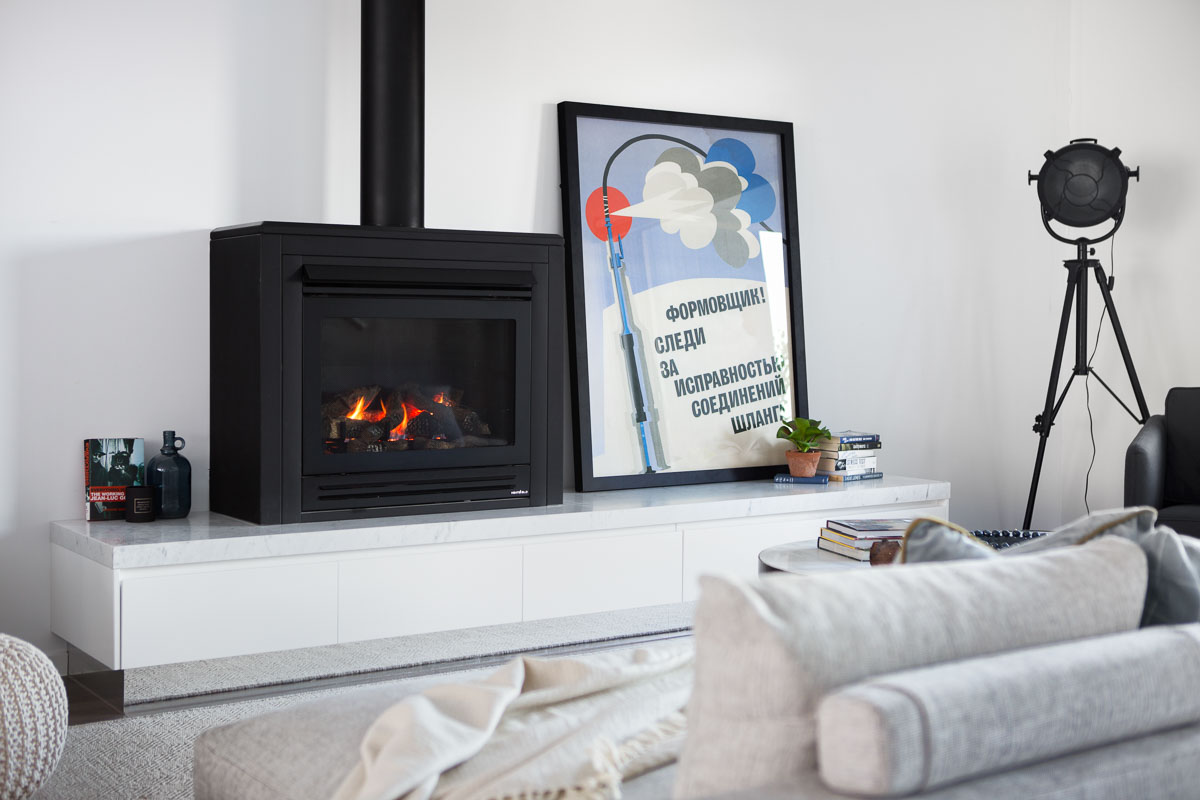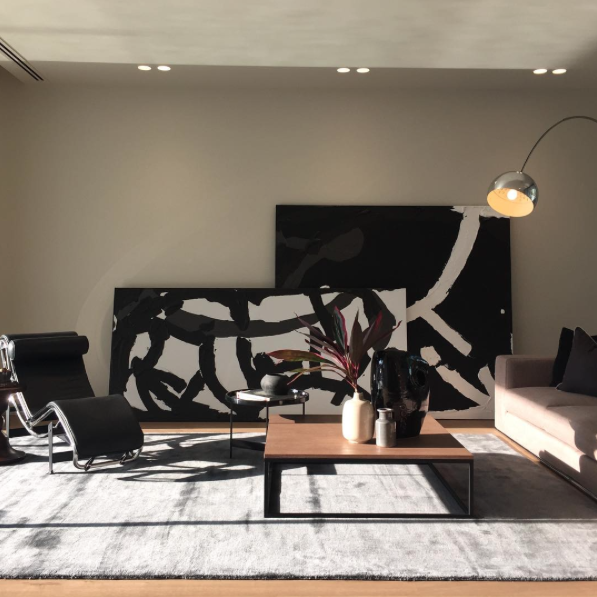
Styling 101 | Leaning Artwork
March 2016, By Nicole Langelier
To lean or not to lean – that is the question on many people’s minds when it comes to displaying artwork, mirrors and other objects one normally hangs. Personally, I’m a big fan of the lean and especially the layered lean, but there are a few rules that apply.
Leaning art, when done incorrectly can look sloppy, messy and especially unfinished – like someone got a phone call halfway through hanging and just left the art on the floor.
This is usually the case when the art in question is too small to hold its own on the floor because it is not relating to any other objects. If you are leaning smaller art, in most cases it works best when it is resting on a piece of furniture like a desk or a buffet and is relating to other objects or art. By creating a grouping or vignette around the leaning art or mirror you are putting it in context and thus giving ‘meaning to the leaning’.
It is however possible to successfully to lean smaller art on the floor (I’m talking 30 x 60 but not much smaller then that except maybe next to a platform or very low bed). One way it can work beautifully is when the small leaning piece(s) relates to other things. If you lean art in a group and hang pieces above the leaning pieces you put it all in context. Also consider adding in a floor standing object like a lamp or an interesting coat rack, or leaning your art between pieces of furniture. Consider the eye line (meaning where your eye naturally rests when looking forward) and how your eye will flow around the room. If you have small leaning pieces on the floor not relating to other objects, your eyes uncomfortably graze the floor. If, however, you bring the eye up from the leaning art by hanging things above it and/ or adding a floor lamp or tall object(s), the eye flows from top to bottom or bottom to top taking in the entire narrative you have created.
Large art is a lot easier to lean as you don’t need as many pieces to tell a story. One oversized piece (2×2 metres for example) can do the trick. You can also layer large artworks or mirrors – but don’t over do it. Two large pieces should suffice. The scale of the pieces and the image itself should be enough to draw your eye from top to bottom of the room. Large leaning art works best when you view it primarily front on. Avoid leaning large pieces to the left or right of an entry into a room as you will often see it from the side, which doesn’t look great.
As with most of my advice, I say have a play around and experiment a little. The great thing about leaning art is that you do no damage if you don’t get it right the first few (dozen) times. There is no hardware and no holes, so really there is no risk. You are not banging onto brick or crumbling walls, so what are you waiting for? Floor it! Just remember to take a step back from your work every now and then and ask yourself a few questions: Is the leaning art relating to anything or does it look like something someone forgot to hang? Does your eye flow up the wall or get stuck on the floor? Do you see the art mostly from the side or front on? The most important question to ask yourself is ‘do I love it?’ if the answer is yes than you have succeeded. Enjoy!

Above are a couple of (master) pieces by my good friend and abstract artist Kerry Armstrong (www.kerryarmstrongart.com.au) in a property I styled last week by architect Stephen Jolson (www.jolson.com.au).